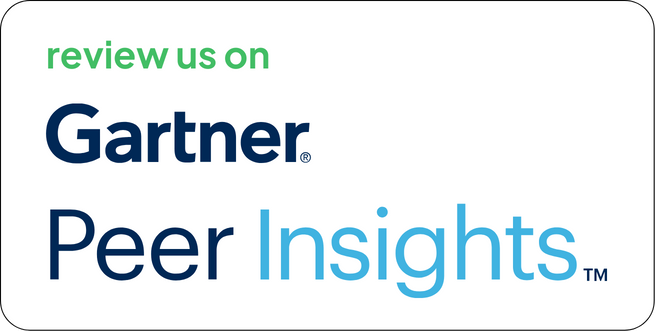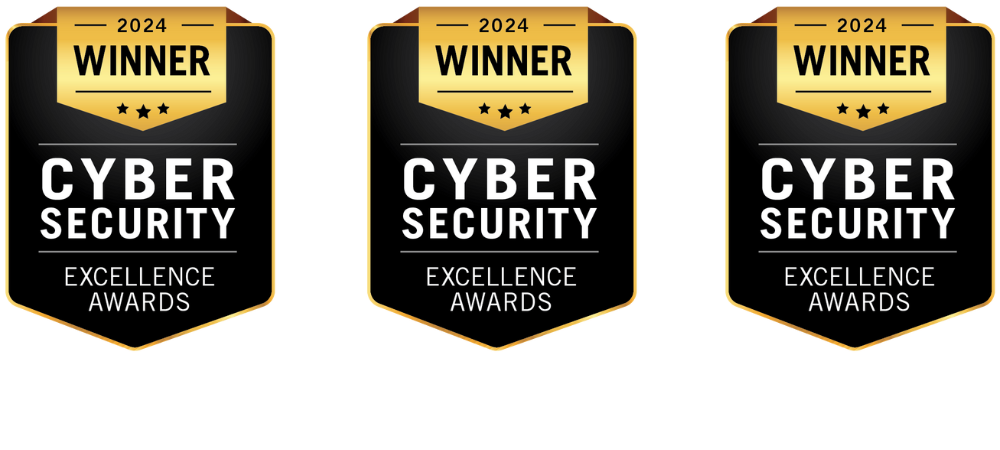Security tools can’t act on what they don’t see. That’s why every meaningful event, new vulnerability, SLA breach, or status change needs to be available where detection and response happens. Most SIEMs are built for correlation and alerting, not deep context. And most alerting tools flood them with duplicates or irrelevant noise.
This is where the Strobes-Syslog integration delivers clarity. Instead of dumping raw notifications, it sends precisely filtered, enriched, and structured logs directly to your log management infrastructure.
Let’s break down what this integration offers, how it operates, and the value it brings to operational security workflows.
What Is Syslog?
Syslog is the universal protocol for forwarding logs and event messages to centralized systems, including:
- SIEM platforms like Splunk, QRadar, LogRhythm
- Open-source aggregators like ELK or Graylog
- On-prem syslog receivers for compliance logging
It operates on TCP or UDP, with widely adopted formats like RFC 3164 and RFC 5424.
But format standardization alone isn’t enough. What matters is what gets sent and when. That’s where traditional tools fall short.
What is Strobes?
Strobes is an exposure management platform built for automation, prioritization, and visibility. It connects:
- Vulnerability Scanners (e.g., Qualys, Nessus, Burp Suite)
- Asset Inventories (AWS, Azure, SBOMs)
- Collaboration and remediation platforms (Jira, ServiceNow, Slack)
- Notification tools, including Syslog
It’s not about replacing your SIEM; it ensures the right data reaches it, with structure and context intact.
Why Use the Syslog Integration?
The purpose of forwarding Strobes events to Syslog is simple:
Send only what matters, in real time, with full context, into the systems where security actions originate.
This is ideal for teams who:
- Want to enrich SIEM pipelines with risk-prioritized events
- Need SLA breaches or critical findings to be visible immediately
- Prefer structured logs for automation over manual exports
- Operate with multiple tools, but need a single, normalized feed
What the Integration Actually Does
1. Selective Event Forwarding
The integration is not a firehose. Strobes lets you control:
- Event types: Choose between new findings, SLA breaches, and remediation status changes
- Conditions: Filter based on severity, tags, asset group, and ownership
- Format: Structured JSON, key-value pairs, or raw text in RFC-compliant formats
You decide what’s worth forwarding. No duplicates. No spam.
2. Custom Syslog Endpoint Configuration
You can connect multiple Syslog receivers (e.g., primary SIEM, compliance logger) with:
- Named endpoint entries
- Host/IP, Port, Protocol (TCP/UDP)
- Format (RFC 3164/5424)
- Test feature for live verification
Endpoints can be reused across workflows and updated anytime.
3. Real-Time Log Dispatching via Automation
Once configured, Strobes Automation takes over:
- A new finding meeting your criteria (e.g., Critical + Internet-facing asset) triggers the workflow
- A structured event is created with:
- CVE ID, CVSS, asset info, exploit availability
- Time of occurrence
- Strobes risk score
- This is sent instantly to your Syslog receiver
No manual steps. No email trails.
4. SIEM Ingestion and Correlation
Your SIEM receives pre-filtered, structured messages that:
- Map directly to detection rules (e.g., “Critical CVE on public server”)
- Support field-based correlation (e.g., source IP, tag, business unit)
- Avoid re-parsing and reduce ingestion lag
This ensures faster alerting and incident tracking downstream.
Why This Integration Is Different?
1. Cuts Through Alert Fatigue
Typical log forwarding sends everything, useful or not. Strobes filters before sending. You don’t need to write SIEM-side logic to sort trash from signal.
2. Adds Context Before Logs Reach SIEM
Every event forwarded includes:
- Enriched risk score (based on exploitability and asset value)
- Metadata like tags, owner, and business unit
- Prior occurrence info (first seen, last seen, resolved before?)
This is not plain Syslog. It’s decision-grade data.
3. Aligns with Incident Response Workflows
The logs sent via Syslog can trigger:
- Case creation in SOAR platforms
- Alerts for unresolved SLAs
- Dashboard updates in your SOC
And since they originate from Strobes’ structured data model, you don’t waste time reverse-engineering fields post-ingestion.
Key Benefits You Get
| Challenge | Solved By This Integration |
| SIEM flooding with raw scan alerts | Send only curated, filtered events |
| Lack of asset or severity context | Each event includes enriched metadata |
| Duplicate logs | Deduplication happens at the source |
| Delays in SLA breach visibility | Instant event forwarding on violation |
| Inconsistent log structure | Supports structured Syslog formats |
Who Should Use This Integration?
This setup is ideal for:
- Enterprises running centralized log management across multiple cloud/on-prem assets
- SOC teams needing real-time feed of high-risk findings
- SIEM-driven environments that rely on ingest-ready structured events
- Compliance-driven orgs where logs must flow into immutable storage or SIEMs
Final Thoughts
Strobes doesn’t forward every scan output. It forwards the right events filtered, enriched, and structured, to where they’re needed most. Whether you use QRadar, Splunk, or ELK, this integration turns raw vulnerability data into actionable security telemetry.
No more exports. No more manual filters. Just direct pipelines from detection to decision.
→ Want to See It in Action?
Book a walkthrough with our solutions team to explore how Strobes Syslog integration can tighten your detection loops.





